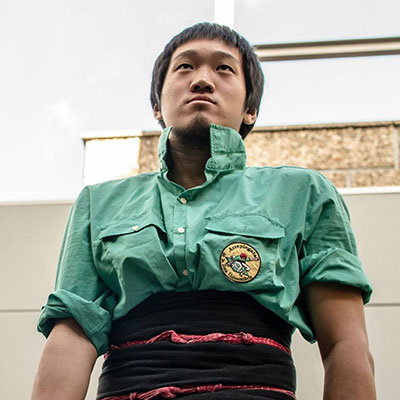Immigration & Migration
Migration and immigration transform communities worldwide. Population movements and displacements spark discussion, debate, and even direct conflict concerning culture, economics, historical memory, national identity, place-making, and politics. These processes also generate innovation, cultural revitalization, and new relationships.
Today in the United States, the percentage of immigrants making up the nation’s population is approaching the historical high of 14.8 percent in 1890. The number of international immigrants—persons living in a country other than where they were born—has increased 41 percent since 2000. And in China, the recent migration from rural to urban areas constitutes the largest such movement of humans in recorded history.
People, ideas, and cultures now interact at an accelerated pace, made possible by increased mobility and new technologies. It is a process that fosters tremendous creativity, but not without also raising certain apprehensions.
From our inception in the 1960s, the Center has documented and illuminated the diverse experiences and cultural dynamism that emerges from the movement of people to and around the United States. Later this engagement expanded to include transnational perspectives and contexts. Critically reflecting on the past, driven by the urgency of current affairs, and thinking strategically about the future, this research group works to reinforce the fact that migration and immigration are fundamental human experiences.
Our attention focuses around three areas:
- Documenting and interpreting the varied ways that migration impacts community life and culture
- Reorienting inquiry to recognize immigration as a process impacting not only those who move, but the communities they leave behind, and the ones into which they move—addressing both generative and disruptive outcomes
- Investigating our own field and practices (as researchers, curators, educators, public sector professionals, and performing arts presenters)
We collaborate with colleagues working in different countries, sectors, and disciplines, and engage a wide public, to apply our research in support of individuals, communities, scholars, policymakers, and other stakeholders worldwide. We endeavor to clarify the contributions that an emphasis on the cultural dimensions of experience can bring to bear on contemporary discourse about migration and immigration.
Key Research Questions
- How does migration affect the relationship between cultural traditions and community life?
- How does migration contribute to shifting identities and cultural and community alignments? And how is this manifest in expressive behavior?
- How are migration experiences recorded, interpreted, and shared through expressive culture? What are the different platforms, contexts, and audiences for these expressions?
- How do changing expressions of culture and new forms of communication contribute to and reflect transnational identities and communities?
- What is the role and stake of folklorists in contemporary conversations on migration and immigration? How can new frameworks for qualitative research on migrations most effectively contribute to the work of other Smithsonian scholars, activists, policymakers, and community members?
- How has the Center documented and presented immigration and migration in the past? How have the Center’s frameworks changed over time—and what does this reflect about evolving museum practice in general and Smithsonian-wide engagement of the topic in particular? What can we contribute to public and academic discourse on the representation of culture, ethnicity, and the social construct of race?







